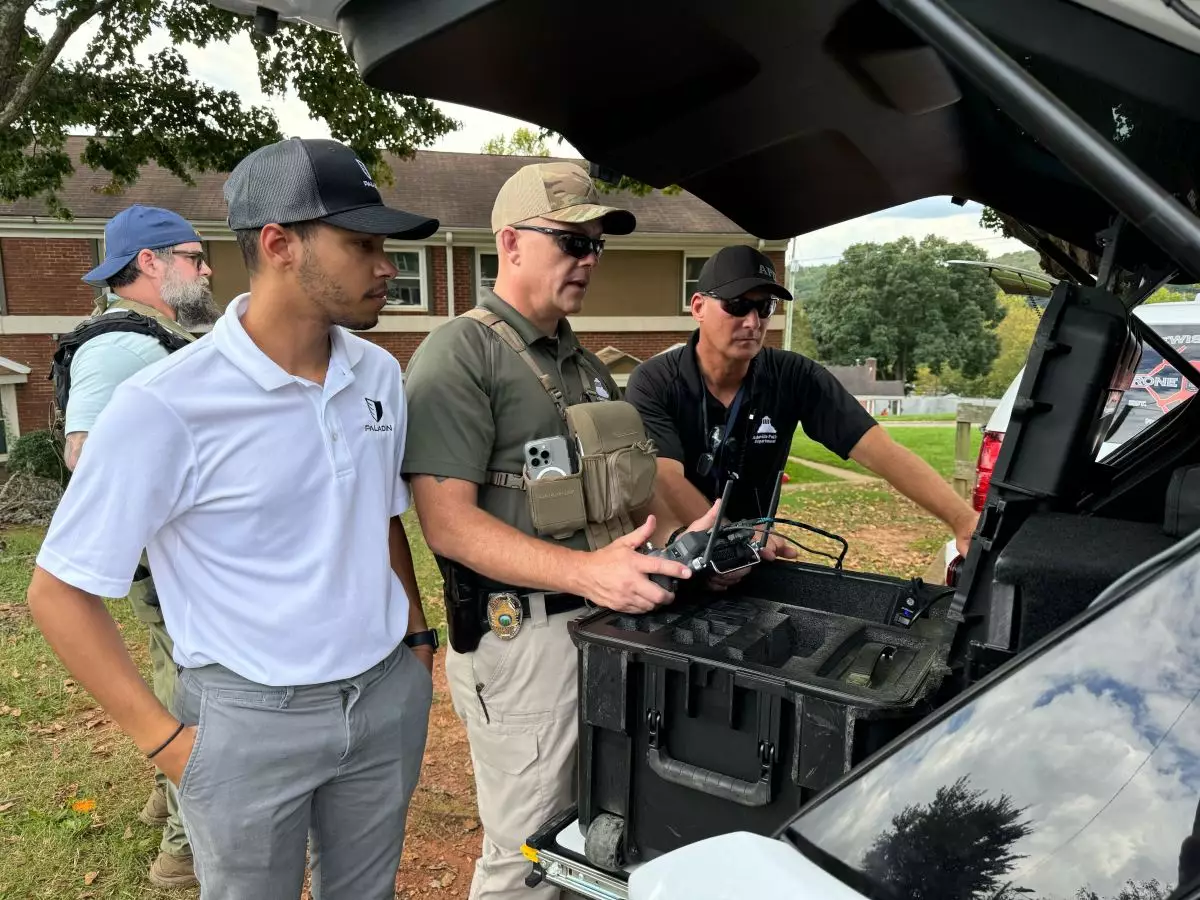In September 2023, the city of Asheville, North Carolina, faced the formidable force of Hurricane Helene. Amidst the chaos, the Asheville police department turned to an unlikely ally: Paladin, a public safety drone startup. This 30-member team, motivated by their commitment to serve, sprang into action during a time of crisis. Despite the barriers posed by impassable roads and disrupted communication networks, Paladin’s cutting-edge software enabled them to remotely control drones from their Houston headquarters. Divy Shrivastava, the founder and CEO, described the experience as a testament to the potential of drone technology in emergency situations, asserting, “We were grateful that Asheville trusted us to help.”
The partnership illustrates a broader trend in disaster response, showcasing how technology can supplement traditional emergency services. Paladin’s drones were not just a means of reconnaissance but a strategic tool for delivery. The startup’s unique approach to public safety—designed to enhance efficiency during emergencies—serves as a model for future innovations in the sector.
What drives Paladin’s mission? For Shrivastava, the inspiration is deeply personal. At the age of 17, he witnessed his friend’s home engulfed by flames while waiting for emergency responders. That event left a profound impact, igniting a passion for addressing slow response times and scarce situational awareness in public safety. “It seemed obvious at that point, the problems were slow response times and lack of situational awareness,” Shrivastava remarked. This personal narrative underscores the urgency that stemmed from real-world experiences, propelling Paladin’s inception in 2018 and its eventual product launch in 2021.
By integrating drones into the emergency response framework, Shrivastava aims to create a bridge over the information gap that often plagues traditional systems. A drone’s real-time video feed can provide crucial insights that officers cannot attain quickly on the ground. This technology offers a larger-scale solution to a persistent problem, proving that innovation can arise from personal tragedies.
Paladin’s operational model is anchored in rapid deployment. The system aims to dispatch a drone within 90 seconds of a 911 call, dramatically reducing the time it takes for responders to assess the situation. The implications are significant—especially given that many public safety departments in the U.S. lack sufficient staffing. “The majority of departments have less than 50 sworn officers,” explained Shrivastava. With Paladin’s assistance, agencies can efficiently clear 10-25% of calls that turn out to be false or irrelevant, a task that can stretch their limited resources.
Moreover, the startup recently raised $5.2 million in seed funding to expand its capabilities, with contributions from significant investors such as Google’s Gradient and Khosla Ventures. This infusion of capital further validates the pressing need for responsive technology in public safety.
Despite the clear benefits that drones can offer in emergency situations, potential concerns regarding privacy and surveillance remain at the forefront of public discussion. Shrivastava is aware of these apprehensions and emphasizes that Paladin’s drones are purposefully designed to activate only in response to 911 emergencies. Compliance with drone regulations across all states safeguards against misuse, ensuring that the technology focuses on saving lives rather than monitoring citizens.
This commitment to ethical use demonstrates Paladin’s dedication to not only enhancing public safety but also curbing potential backlashes against technological innovations. By outlining clear boundaries for drone utilization, Paladin sets an example for other tech firms, balancing progress with public trust.
The increasing interest from both entrepreneurs and public safety departments emphasizes a growing recognition of the necessity for technological advancements in this field. As startups like Prepared emerge, aimed at improving dispatch capabilities through holistic situational awareness, the competitive landscape is evolving. Shrivastava indicates that the demand for drone technology is gaining momentum, suggesting significant market potential.
Paladin represents not just an innovative approach to emergency response but also a broader movement toward integrating technology in public safety. As piloted solutions continue to develop, the potential for drones to save lives through timely interventions becomes clearer. The road ahead for Paladin and similar startups may be filled with challenges, yet the promise of transforming public safety through drones remains a compelling narrative, worthy of further exploration.


Leave a Reply